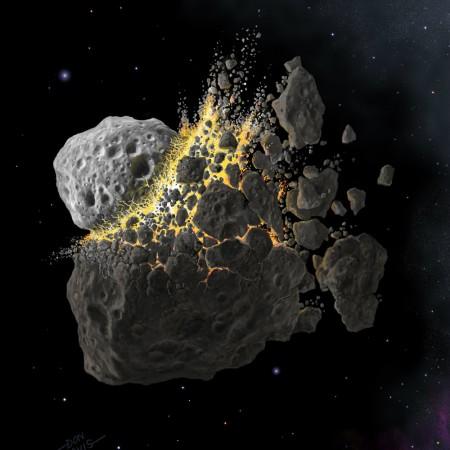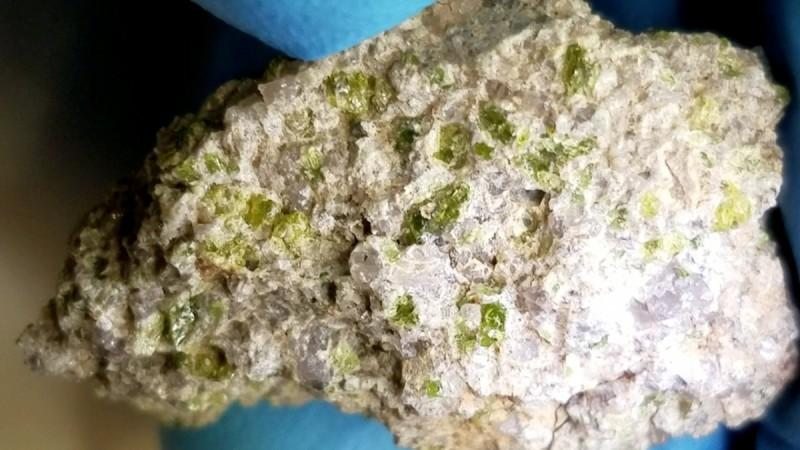
It was in 2017 that a fireball burned up in the earth's atmosphere over Japan. Even though the mid-air explosion of this tiny meteor posed no threat to humanity, a new study report claims that this could be an indication of something big that could devastate earth in the future.
The study conducted by Japanese astronomers suggests that this small space rock could have broken off from a monstrous asteroid called 2003 YT1, which is approximately more than a mile wide. It should be noted that this asteroid is so huge, and it even has its own moon.
As per current speculations, this asteroid has a six percent chance of hitting the earth in the next 10 million years. Experts believe that this asteroid could hit the earth at a neck-breaking speed, and if it hits the surface of the earth, it could create a crater that will have approximately 46 kilometres in diameter.
An impact like this will trigger devastation on a global scale, and it will wipe out millions of lives within a fraction of a second.

A few weeks back, space expert Lembit Öpik who is currently the chairman of Parliament for space-based micronation of Asgardia had claimed that the impact of a dreaded asteroid could wipe out humans and several other species from the planet. As per Öpik, only cockroaches, certain deep-sea creatures and other living beings that feed on dead meat will survive a deep impact from the space.
"It would be long enough to kill photosynthesis and, in other words, those who weren't incinerated would starve. You'd be alright if you were a cockroach or a deep-sea creature or something very small that can live on the dead meat of others," Öpik told Express.co.uk.
In the meantime, NASA is now busy developing their planetary defense weapon to protect the planet from future asteroid hits. This weapon is basically a large spacecraft, and NASA is planning to hit this spacecraft into an asteroid so that its original collision course trajectory will be changed.

















